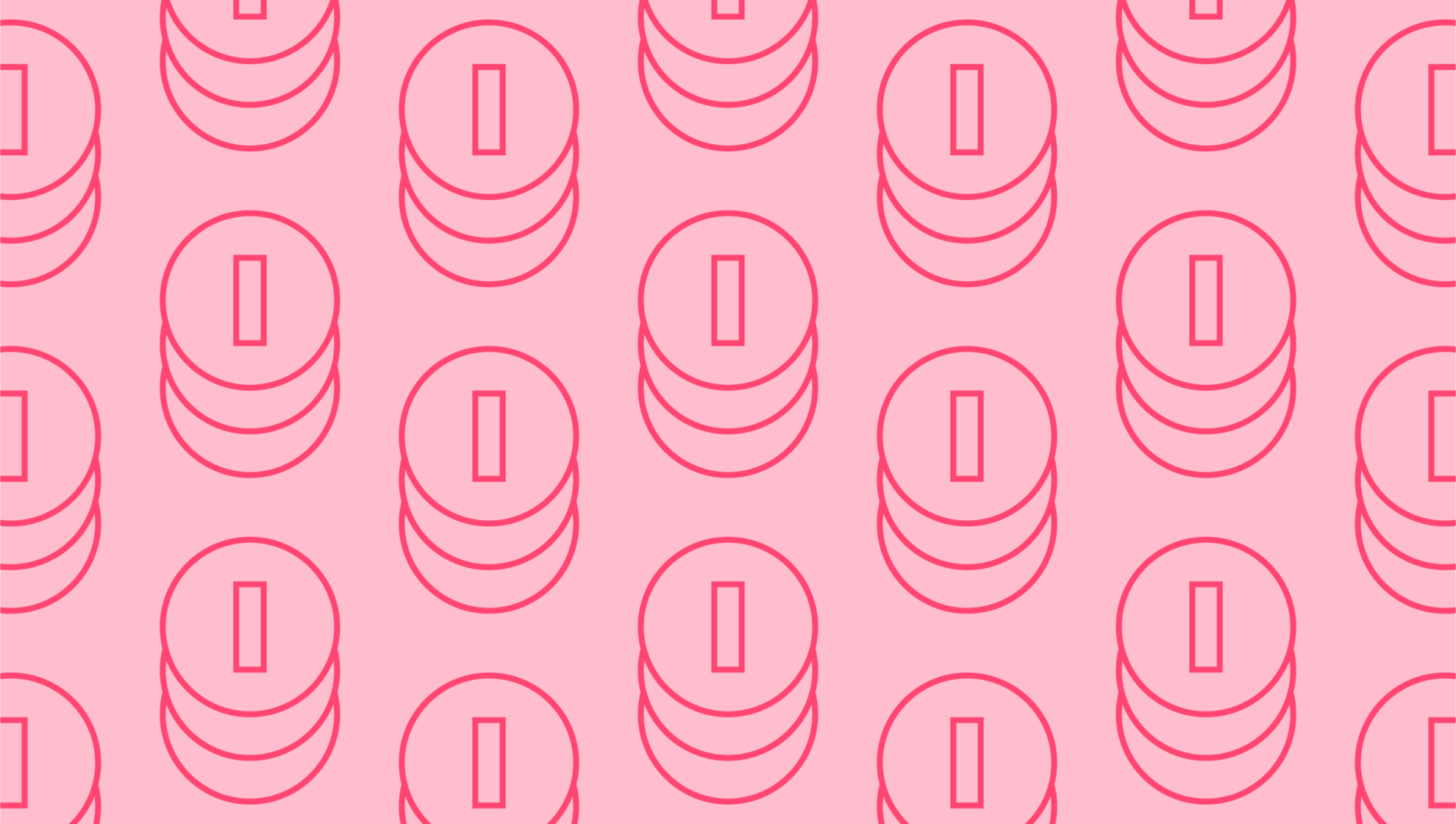Last editedJune 20233 min read
Whether you run an appointment-based business or work as a freelance contractor, you may be mulling over the idea of asking your customers for a deposit payment. While some business owners are afraid that asking for customer deposits can be off putting, there are several reasons to do so. Here’s a closer look at the advantages of deposits and how to ask for them.
What are customer deposits and when are they used?
A deposit payment is a percentage of the total bill that your customer pays for up front. It’s standard in some industries for new customers, larger projects, or to reserve coveted appointment spots. When you ask for payment at the conclusion of the job, you’ll deduct the deposit from the total amount. This offers a way to ensure that you’ll be paid some form of compensation even if the client terminates the contract or fails to pay the remainder of the bill.
There are situations when asking for customer deposits is standard. For example, deposits are customary for projects likely to run over a long term. If you were to wait for payment until the project’s completion, you’d be working without any pay for quite some time. This would take a serious toll on your cash flow and ability to purchase supplies, factors which we’ll delve into below.
Advantages of deposits
Now that you know what deposits are, it’s time to focus on the benefits of this system.
1. It reduces your risk of not getting paid.
One of the primary reasons to ask for upfront payment is when you’re working with a new, untested client. If it’s a small, one-off job, you might be able to afford the risk of non-payment. Yet for larger projects there is always the chance that you won’t get paid. The customer might decide they don’t like your work and argue against the bill, or they may try to wiggle out of the agreed-upon payment terms. Chasing overdue payments takes time and money that your business might not be able to afford. By asking for half of the payment upfront in the form of a deposit, you’ll ensure that you receive some form of compensation no matter what happens.
2. It ensures a consistent cash flow.
For services provided over the long term, you need a steady flow of cash to keep the lights on. Running a business, even one from home, costs money. If you wait for invoices to be paid at the end of every job, you could struggle with cash flow in the meantime. One of the advantages of deposits is that they break up payments into a series of at least two installments, which helps you better manage your accounting books.
3. It increases client engagement.
Taking deposits safeguards against last-minute appointment cancellations and no-shows. If a client knows they’ll lose at least part of their deposit, they’re more likely to turn up at the agreed-upon time. This makes deposits a good way to keep communication open for those working in the beauty, consulting, or fitness industries. Those in other industries will find that asking for a deposit can also boost client engagement. When a customer’s already paid some of their own money, they’ll be more invested in the work and likely to provide helpful feedback. They’re more likely to see you as a professional when you require upfront payment. Your business is in demand, and you require a deposit payment to provide your valuable services.
4. It covers the project’s expenses.
Along with boosting cash flow, customer deposits can be set aside to cover the specific project-related costs you’re likely to encounter. If you run a small design firm or freelance, you probably don’t have massive savings set aside to cover supplies for client projects. This is where the advance deposit comes in to help keep the project moving forward. And if the project is canceled midstream, you won’t be left out of pocket.
How to ask for deposit from customers
If you’re new to business, you might find it uncomfortable to talk about money with clients. Yet this is a normal part of any contract. When a customer gets in touch to ask about your work, make it clear that you require a contract and upfront payment before getting started. Putting everything in writing can feel less awkward while making you look more professional at the same time.
The final step is figuring out how to account for customer deposits. It’s easy to set up deposit payments in automated software, which automatically reconciles bank deposit slips and online payments in your accounting books. Using a payment gateway like GoCardless can help you collect recurring invoice payments directly from customer bank accounts with full authorisation. This reduces the chances of costly late payments and those awkward client conversations. We also integrate with hundreds of partners including top accounting software to keep everything organized in the books.
We can help
GoCardless is a global payments solution that helps you automate payment collection, cutting down on the amount of financial admin your team needs to deal with. Find out how GoCardless can help you with one-off or recurring payments.
